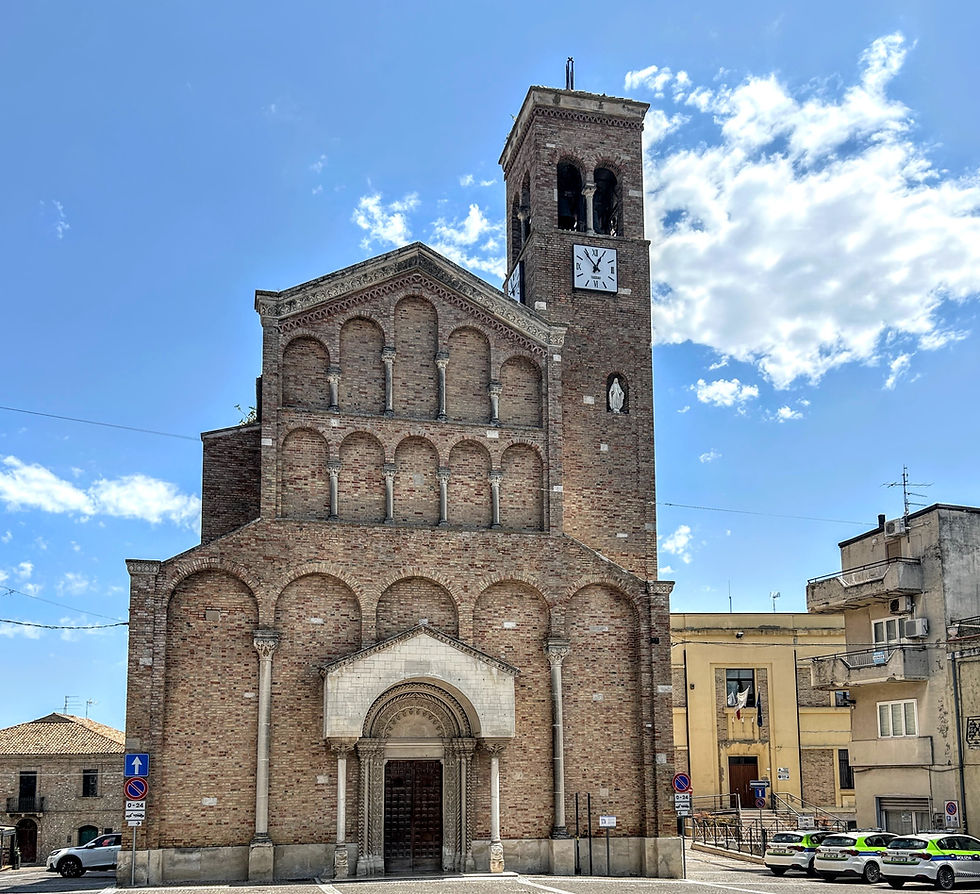Its origins are very ancient. It was undoubtedly inhabited by Italic peoples, as evidenced by the graveyard found in its territory... #tuttitaly
San Salvo is the last town on the Abruzzo coast on the border with Molise, given the mouth of the Trigno River. The city has been inhabited since prehistoric times. Finds in the area testify to the dominion of the Italics and the Frentani.
In the second century, San Salvo was conquered by the Romans. Floors with mosaics and marble and the remains of an aqueduct are still visible from this historical period.
San Salvo comprises an older nucleus that rises in the hilly
area at 128 m and Salvo Marina. This locality subsequently developed along the coast.
The most historical nucleus of the city developed in the 14th-15th century around the area of the Abbey of San Salvo del Trigno.
The historical center is enclosed within the Archaeological Park of the Quadrilatero, comprised of various sites.
Inside the quadrilateral are the Civic Museum "Porta
Della Terra," which collects some of the finds from the area, and the Abbey Museum. The site includes the Archaeological Island of the Roman Mosaic with the remains of Roman structures, the underground Roman Aqueduct, and the archaeological Island of the abbey.
Piazza San Vitale, the heart of the city center, also houses the Parish Church of San Giuseppe, built between the 10th and 13th centuries above the ancient Abbey of San Salvo.
Today, the building is in Baroque style with a single rectangular nave inside and several chapels that house paintings of the Holy Family.
Gastronomy
Among the typical dishes of San Salvo: mussels with saffron, cavatielli all'uso di Teramo, rabbit with snails, fettuccine all'abruzzese.


























Comments